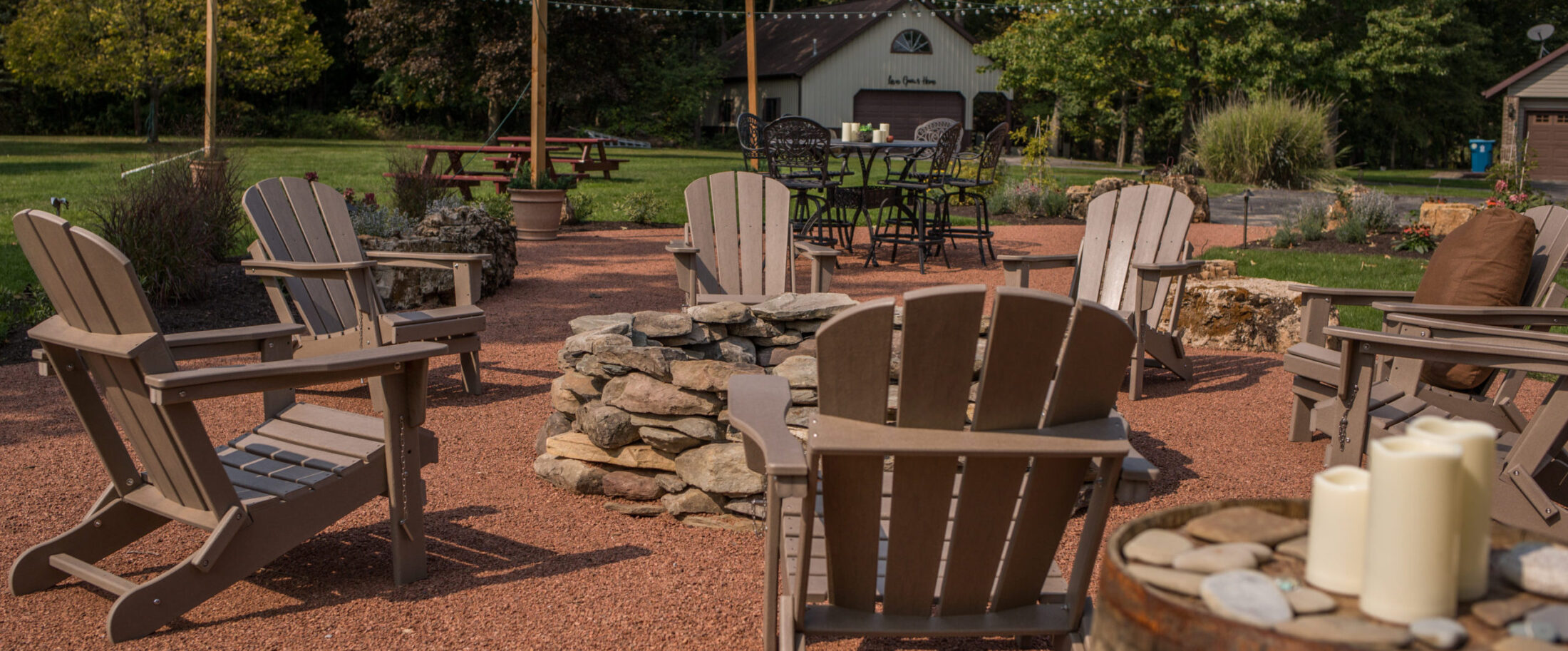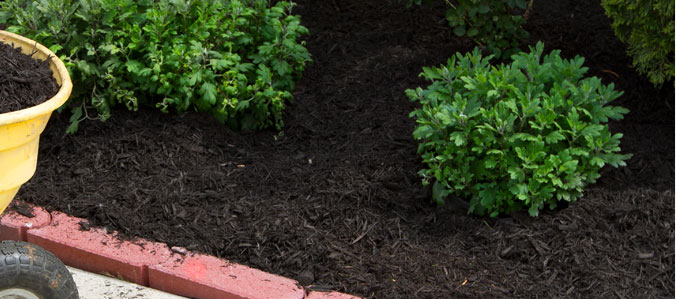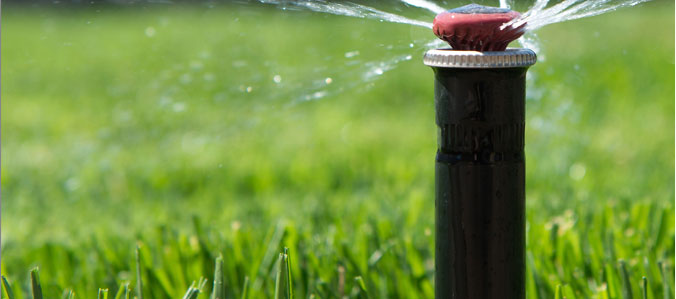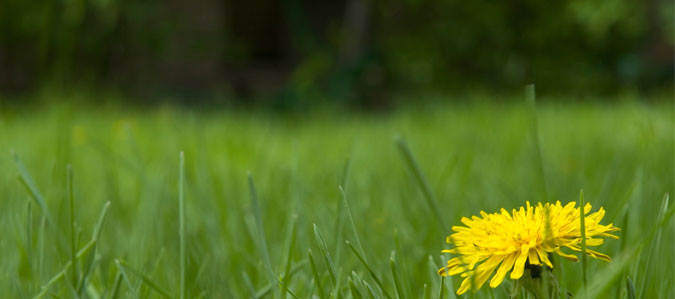Winter Tree Pruning
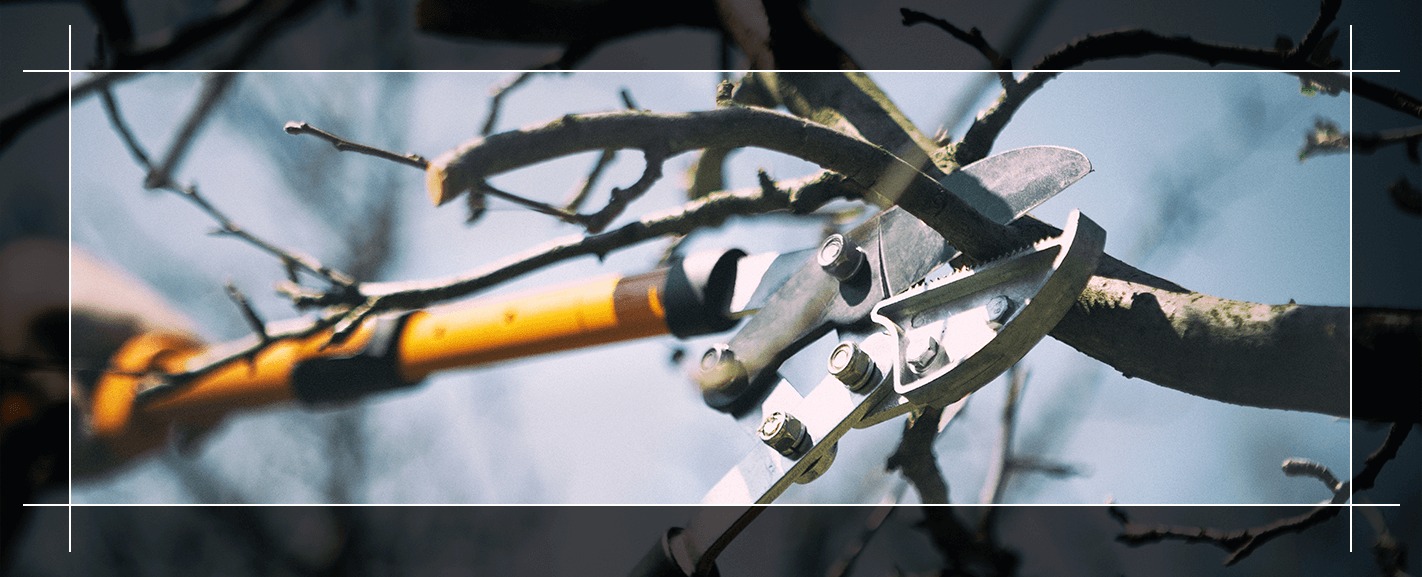
Your lawn shines in spring and summer, but it needs maintenance year-round. Winter offers an opportunity to lay the foundation for healthy growth in the spring. Tree pruning is an important part of lawn maintenance, particularly in the dormant winter months.
What Is Tree Pruning?
Tree trimming involves shaping a tree, primarily to complement its surroundings. Pruning is a category of trimming, but the focus is on the health and regular maintenance of the tree from its roots to its crown.
What Are the Benefits of Pruning Trees?
Tree pruning serves practical purposes beyond improving the look of your property. Some of the benefits of pruning include:
- Growth: Trimming diseased, dead or decaying branches improves tree condition and leaves room for new growth.
- Access to sunlight: Pruning offers low branches and surrounding plants more exposure to sunlight.
- Safety: Pruning your trees reduces the likelihood of accidents. Overgrown trees or decaying parts of the tree can fall on power lines or your house, causing damage.
- Aesthetic value: Tree pruning improves the appearance of trees. For young trees, pruning also helps with shaping.
When Is the Best Time to Prune Trees?
The best time to prune your trees is when they are dormant. Dormant pruning includes routine maintenance on your trees and shrubs when they are not growing, usually during early spring and winter. While you should prune your trees year-round as needed, winter or dormant pruning is especially beneficial because it:
- Places less strain on your trees: Pruning is less stressful to trees when they are dormant in winter.
- Reduces exposure to diseases and pests: Trees are vulnerable to disease and pests when pruned. During cold months, pests and infections are less prevalent. It’s also easier to spot diseases while pruning when trees are bare.
- Improves safety: Decaying trees are dangerous, especially in winter when storms, winds, ice and snow are common. Pruning reduces the risk of branches breaking off and causing damage.
Winter Tree Pruning Tips
Knowing how to prune a tree is essential, so it often makes sense to leave the job to a specialist. Keep these tips in mind if you decide to try dormant pruning on your own:
- Prune dead and diseased branches: Start by trimming any decaying or damaged branches from the tree.
- Remove downward-growing branches: Cut any downward-pointing branches that may damage the tree’s structure.
- Cut large limbs: Prune any heavy branches on the underside of your tree. You can also thin out any overgrown bits or small limbs to increase sun and air exposure.
- Cut branches at the nodes: Trim at the points where one branch or twig attaches to another — the nodes. Pruning these areas encourages growth and tree health.
Contact Ricci’s Landscape Management for Your Lawn Maintenance Needs
Ricci’s Landscape Management can help keep your lawn healthy year-round. With proven high-quality service and certified experts, you can rest assured your lawn maintenance is in good hands.
To learn more or request a quote, contact us online today.

